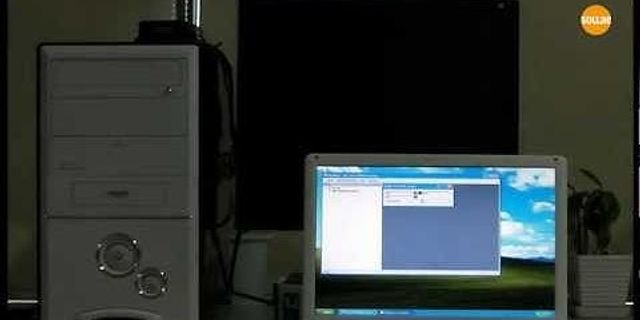Automated numbered lists are a feature a lot of us take for granted in Microsoft Word…. They usually work seamlessly and automatically, but sometimes these lists can work against us: restarting a list of numbers at 1 when we mean to continue our list, or picking up formatting that we can’t seem to shake, like creating all bold numbers in spite of unbold text. Don’t despair; these little inconveniences are remarkably simple to fix. Show Exercise FileTo follow along, you may download the exercise file: NumberedLists This file contains a fascinating list of silly words laid out in series of numbers lists. Let’s take a look at our options. Continuing or Restarting Numbered listsLook at the second section of words, starting with “Brouhaha.” It is clear that this list should not be starting over; it should be a continuation of the previous list. This is a simple fix.
 This will pick up the value from the previous numbered list. What if the opposite happens? Word guesses that you would like to continue numbering, but you actually intend to start over? Easy peasy! Follow the same process, but this time select Restart at 1. Additionally, occasionally when you insert a numbered list, you will see a lightening bolt appear with a dropdown arrow. This is just another way to access the same feature, a shortcut inserted by Word that will allow you to make the decision whether to continue numbering or restart at 1.  Change Number ValuesThere is also an option in this menu to Set Numbering Value. This option is for those times when you need a special number, perhaps one that is out of sequence with the rest of your numbered list.  Formatting Numbered ListsSometimes you create a lovely numbered list, and for whatever reason, Word picks up on formatting from a previous line of text, making all the numbers bold, or a previously used color.  On the exercise document, look at the third section. Someone used a blue bold font for the text above the numbered list, and Word assumed that this should apply to the numbers on the list. To fix this, let’s take a closer look at that right click menu.
 Sub PointsIn the last section, numbers 4 and 5 should be sub points of number 3. To demote them to sub point click to the left of “Our Friends,” and hit tab on your keyboard. Do the same for “Our Neighbors.” This has created sub points, and Word assumed that you would like to indicate sub points with lowercase alphabet:  If the alphabet isn’t your goal, you can always click into the text in the line of a or b, go the numbered list dropdown in the Paragraph group of the Home tab, and select a different format. Maybe Roman numerals?  Promoting Sub PointsBy the way, how do you change your mind and promote a sub point back to being a main point? Well, you could use the Decrease Indent (left arrow) in the Paragraph group…  But you all know I am a fan of shortcuts, and my favorite one for this purpose is shift + tab. Thoughts?Have numbered lists caused you trouble in the past? Will any of these tips help you going forward? I would love to hear from you! Congratulations, Power Users!Congratulations to our newest Power Users! For the full gallery, and more information about the WSU Microsoft Office Power User Program, please visit: wichita.edu/poweruser
If you want to change anything about the numbers – for example, you are using the 1.1, 1.2, etc. style but would like the word “Chapter” to display automatically in front of the Heading 1 number, you want to change Arabic numbers to Ordinal, or you want to change the spacing after the numbers, you can. Click one of your headings, then go back to the Home Ribbon, and in the Paragraph Group click the Multilevel List icon (see screen shot above) and select Define New Multilevel List…. Click the More>> button, then select the relevant list level.
To start the list numbering from the number you need, do the following: 1. Double-click the numbers in the list (the text will not appear selected):
 2. Do one of the following:
3. In the Set Numbering Value dialog box, on the Set value to text box, type or choose the appropriate value:
 For example, start from number 7 for the third item of the list:
 Note: Be careful, the numbering value is set for the item, not for its position in the list:
 Restart numbering from 1This option is often used to place two numbered lists one after the other. Word will try to continue the second list with the next number in sequence from the previous list; this option tells it not to. To restart the numbering in a numbered list, do the following: 1. Double-click the numbers in the list (the text will not appear selected):
 2. Do one of the following:
Continue numbering for the numbering listAfter an operation of copying, moving, etc. list items or information between them, Word can lose the numbering. Thus, you may need to continue the list numbering. To continue list numbering, right-click the number for which you need to continue numbering and choose the Continue Numbering option in the popup menu:
 Note: When Word loses the numbering for a list, it “understands” the lost part of the list as a second list with its own formatting, usually starting from 1. You can copy and paste the formatting of the first list into the second to continue numbering. See how to copy paragraph or numbering format. Note: More details are available in the Numbered lists section in the Work with bulleted, numbered and multi-level lists lesson of the Create basic documents free course. See also this tip in French: Comment créer une liste en redémarrant et en continuant la numérotation. |




















